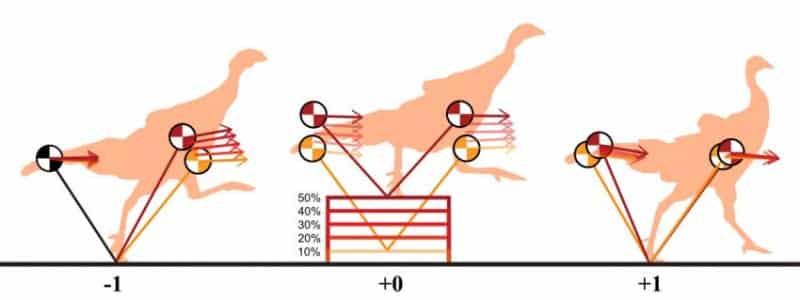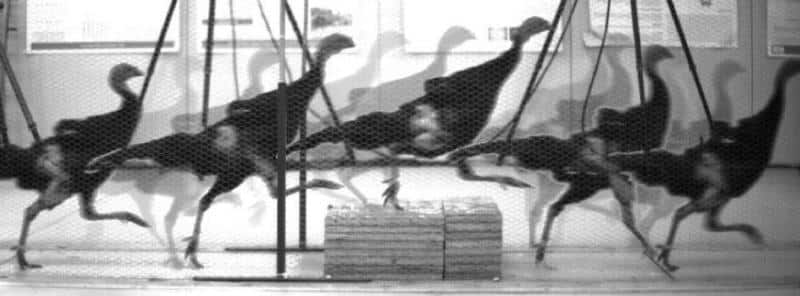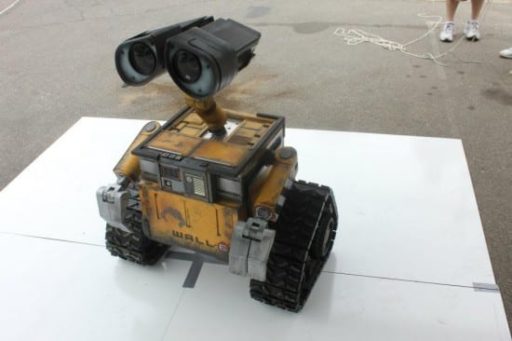While the word “teacher” comes, the wold “student” should follow it automatically. However, if birds become teachers, then who would be their students? Well, normally it should be the nesting babies. But this time, it’s not their babies; rather it’s the future robots. Lately, scientists have discovered that birds could be the perfect teacher of running robots of future.
Running birds come in an huge variety of sizes, from tiny quails to an ostrich that has 500 times as substantially body mass. Most, but not all, can fly, but spend most of their lives on the ground, and they do not usually look the most graceful when they run. But researchers from Oregon State University (OSU), the Royal Veterinary College and other institutions, have found that running birds have an impressive ability to run though minimizing power price, avoiding falls or injury, and preserving speed and path. In order to hop more than obstacles on uneven ground, they use a motion that’s about 70 % a “vaulting” movement as they method the obstacle, and 30 % a more-crouched posture although on top of the obstacle.
Jonathan Hurst, an associate professor and robotics specialist in the OSU College of Engineering said, “Birds seem to be the most effective of bipedal terrestrial runners, with a speed and agility that may well trace back 230 million years to their dinosaur ancestors. These animals don’t care that they seem a little unstable or have a waver in their gait. Their actual aim is to limit peak forces, prevent falling, be protected and be as efficient as feasible. If their upper body appears to lurch about a small as a outcome, that’s okay. What they are accomplishing is definitely really sophisticated.”
According to researchers, when the future robots would run, they will have different kinds of paths coming their way. And if the robots follow the techniques of birds while they run, they would get get maximum efficiency during their run too.
Hubicki said, “We need to ultimately be in a position to encode this understanding into legged robots so the robots can run with a lot more speed and agility in rugged terrain. These insights may perhaps also help us have an understanding of the walking and operating behaviors of all the prevalent ancestors involved, including theropod dinosaurs such as the velociraptor.”
What robots could learn from running birds, the scientists mentioned, is that it is okay to deviate from regular steady motions, mainly because it does not necessarily mean you happen to be going to fall or break some thing. The researchers stated in their conclusion that robotic manage approaches “should embrace a extra relaxed notion of stability, optimizing dynamics primarily based on crucial activity-level priorities without the need of encoding an explicit preference for a steady gait.”
Researchers have published their study in the Journal of Experimental Biology.
Source: OSU
[ttjad keyword=”ssd”]





![Read more about the article [Video] Virginia Tech’s Humanoid Robot CHARLI-2 Dancing In “Gangnam Style”](https://thetechjournal.com/wp-content/uploads/2012/10/Humanoid-Robot-CHARLI-2-Dancing-Gangnam-Style-512x286.jpg)